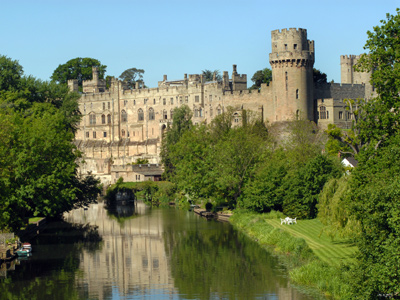
Medieval Castles 02
This KS3 History quiz takes a further look at medieval castles. Following the Norman invasion, many of the Saxons who lived in England were not happy. They organised into small armies and rebelled against the invaders. One rebellion succeeded in destroying York castle, killing the soldiers who were living there. William the Conqueror was annoyed about that, so he sent his army to the north of England to destroy crops, buildings and to kill as many people as they could. He then took lands from English nobles and gave them to his own knights and nobles who were instructed to build a castle. That is one reason there are so many medieval castles in England.
The early motte and bailey castles were replaced by more solid stone structures. The central wooden building was replaced by a fortified stone tower called the keep and the palisade was replaced by a high and very solid stone wall.
Ready for more?
not all...
quizzers. Try to win a coveted spot on our Hall of Fame Page.







